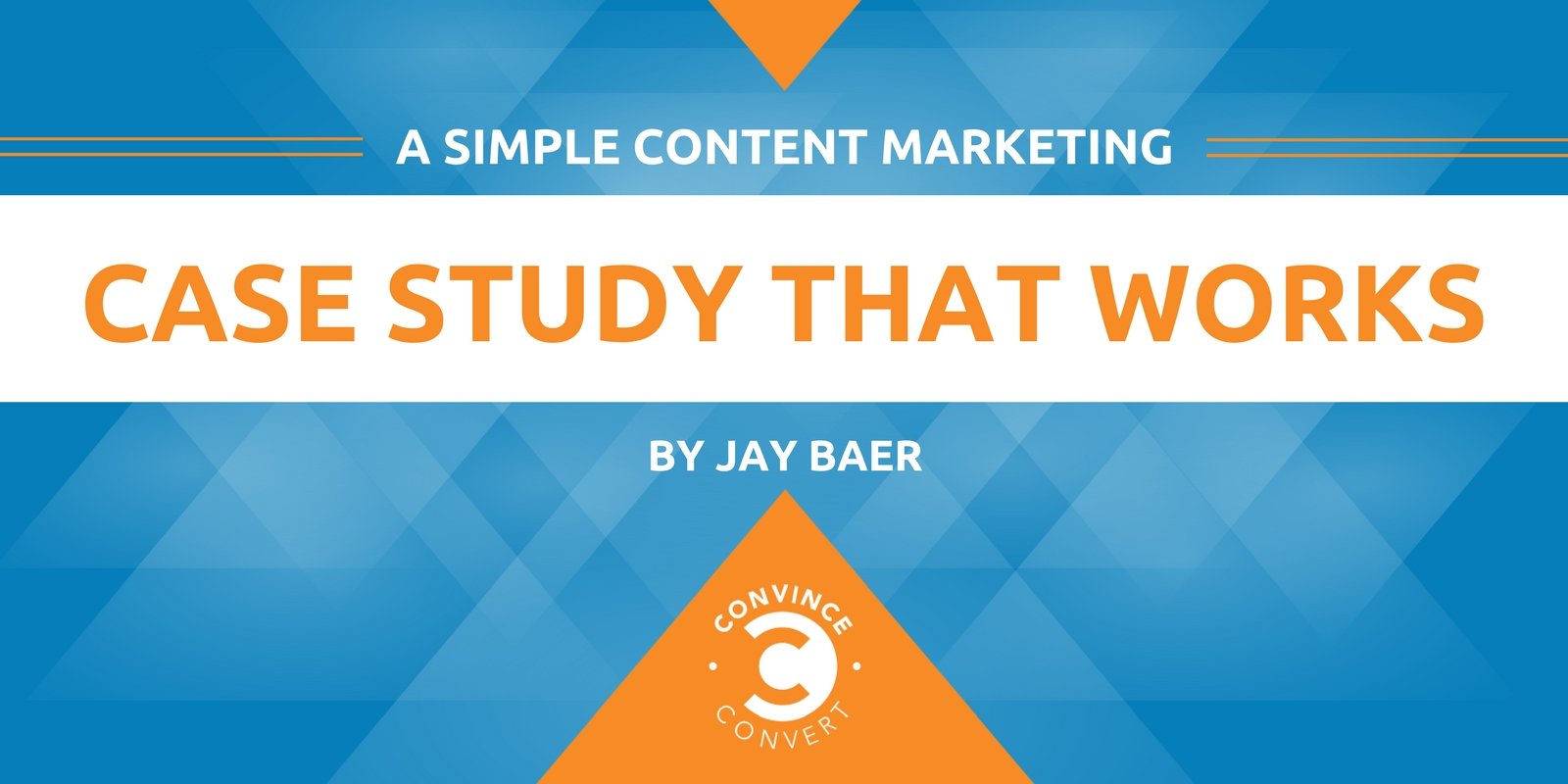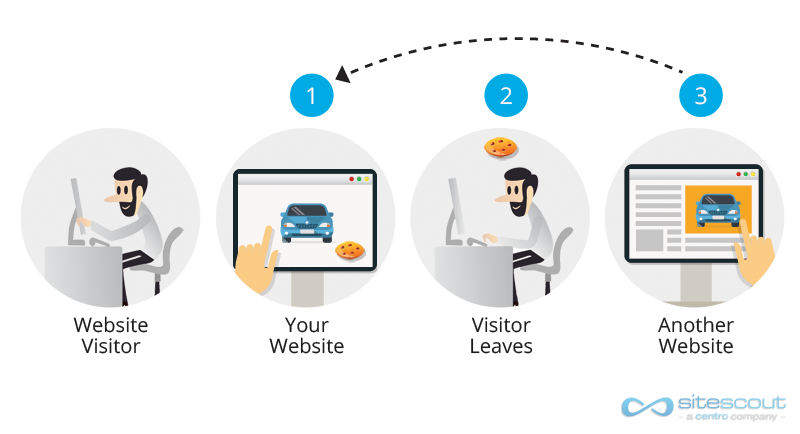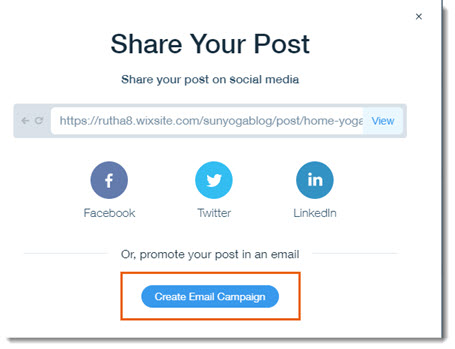
A digital marketing definition is one that explains how to target the right audience. This industry has existed since the 1990s when Tim Berners-Lee, a computer scientist, created the World Wide Web. Search engines were born. It is now the best way to reach consumers locally and internationally. Before you attempt to implement this type of marketing for your business, it is important that you are familiar with the basics. Listed below are some of the key elements of a digital marketing strategy.
Inbound marketing
Inbound marketing is digital advertising that targets customers who actively seek products and services. Inbound marketing is a digital advertising strategy that helps potential customers find your business via search engines. Instead of wasting money on advertising, make content that your ideal client will love to read and use. It is possible to start by creating a blog with advice from others, then move onwards.
To engage with customers and to establish relationships, you could also host live events. You can host Q&As, product tutorials, etc. during such events. Live events can be hosted on social media platforms, such as Instagram Live or Facebook Live. Excellent customer service is essential to ensure your customers are satisfied. This will enable you to create a positive brand image and attract more customers.
Inbound Marketing is one of most powerful forms in digital marketing. It builds trust and credibility among customers and is more efficient than traditional advertising methods. It is unlike other forms advertising and shows genuine concern about customers. It is also less expensive and can provide longer lasting results. This is especially true in the digital age, where mass marketing is not only ineffective but also risky. Inbound marketing is an effective way to increase your return on investment.
Inbound marketing is customer-oriented, meaning it starts by creating content for your target audience. Inbound marketing is different from traditional marketing, which focuses on spreading word about a company. Instead of focusing on the business itself, it aims to provide useful information for its readers. The inbound marketing strategy then presents a compelling offer of information that catches their attention and then follows it up with direct advertising. Inbound marketing can help you create relationships that eventually lead to sales, and profits.
Outbound marketing
Outbound marketing is a type of advertising that seeks to increase brand awareness and reach new customers. This marketing approach focuses on proactive marketing. It involves contacting prospects and not waiting for them to contact you. While it is difficult to measure the effectiveness of outbound marketing, it can still be an effective way to create brand awareness. Outbound marketing is a combination of inbound and outbound marketing.
Outbound marketing is any marketing that is not initiated by the company. This marketing pushes the company on its customers, regardless of whether or not they are interested. Telemarketing, print and broadcast ads, billboards pop-ups and contextual ads are all examples of outbound marketing. This type of marketing is no longer as effective as it used to be, as people have become so used to it.
Outbound marketing helps potential customers find you by providing useful information and content. It is distinct from inbound advertising, which focuses on sending messages to a particular audience. Outbound marketing typically involves a high cost of acquisition, since it's a more targeted approach that draws customers to a website. Outbound marketing is more effective because it generates more leads and sales for businesses. Moreover, it's easier to target the right prospects.
Outbound marketing can be both targeted and non-targeted. It is the act of attracting leads and turning them into customers using targeted keywords. The target audience determines the difference between both types of marketing. Inbound marketing encourages visitors and guides them through the buyer's journey. Marketers can use it to qualify leads, as people will want to interact with your content. However, outbound marketing still works.
Content creation

For digital marketing campaigns to succeed, a good content strategy is crucial. Customers will not be impressed by a website that is poorly written and has irrelevant content. Your business's reputation and ratings can be affected by poor quality content. You can ensure that your site offers valuable information to your customers by having a good content strategy. Listed below are some tips to help your content get the desired results. You can make content more effective for your business once you have completed this checklist.
Identify your audience. Social media is a powerful tool for your content marketing strategy. Twitter, Instagram, and Facebook all have huge user bases. You can drive more visitors to your website by targeting these platforms and increase conversion rates. Many people will share your content on their social media accounts. Therefore, your content should be persuasive. These aspects must be considered when creating content for your blog or website.
You should research the competitors. You can distinguish yourself by studying how your competitors approach content creation. It will help you to fill in the gaps in your strategy and increase your chances of getting noticed by customers. In other words, if your competitors upload a YouTube video, be sure to include it in your PPC marketing campaign. YouTube videos will get more views and leads.
You should create content that snaps and crackles. Engaging content can be a way to connect with the reader through story, emotion triggers, rewards, or a purpose. The key to content creation is word choice. The wrong words or phrases could ruin your content. But, using words that have been proven to increase your metrics will help you. It will be easy to create content that attracts attention if you are able to do so. A combination of all these aspects makes for the best content.
Analytics
In the past, product managers made decisions based on their own intuition and past experience. Their data collection methods only allowed for analysis of past performance. This provides a partial view on customer preferences. Instead, product managers spoke directly with customers to collect their comments and feedback. These diverse streams of data should be combined to give customers a better experience and provide valuable insights. An analytics platform can help business owners decide the best strategy to use for their brand.
To be successful with analytics, you must identify the right metrics that will help you to optimize your digital marketing strategy. The use of tools is a great method to automate the process for compiling reports on a regular basis. It is crucial to collect data in order to track changes in marketing strategies and determine how they have affected sales. Start small and track the results of your digital marketing campaigns over time to get the most from your data. Be sure that your analytics are linked to your ROI. You don't want vanity metrics to distract you from your business goals.
Analytics data from web is invaluable for digital marketing. Most channels will lead users directly to a website. Digital metrics in your website show visitor behavior. They also influence design and copywriting. This information can be used by digital marketing analytics specialists to understand how visitors respond. Analytics can track page load times, which can impact conversion rates and overall conversion rates. This data will allow you to make informed decisions about how to improve your digital marketing campaigns.
Digital marketing analytics is a tool that can optimize your marketing spend and help you identify the most efficient ways to improve your marketing campaigns' results. It is possible to identify the most efficient sources of traffic and develop marketing strategies that maximize those opportunities. For instance, segmenting traffic by source is a great way to determine which sources of traffic are converting. Then you can target your audience through the top five channels. This will allow your marketing efforts to be targeted at specific audiences and maximize profit.
PPC ads

Digital marketing definition of PPC ads has many components. Retargeting and remarketing are two of the many components of digital marketing. Your ads need to engage people and convey a compelling value proposition. The headline should be convincing and must include an actionable call for action. Depending on how you choose to use PPC, you may want to test different ad formats.
PPC advertisements work best if they convert. By tracking clicks, impressions, conversion rates, and clicks you can easily analyze your performance. Other important metrics such as attribution can be examined to gain insight into customer journey. PPC campaigns aim to achieve conversions so make sure your ads are optimized. Asking probing questions is a good way to learn what works in your ad groups. It is important to check your ads for broken links, grammar mistakes, and other errors.
PPC is a huge business in digital marketing. Alphabet makes $162 billion annually from ad platforms. There are many ad formats, but Google Ads is by far the most popular. Google Ads is the most popular ad format for businesses. This program is widely used and provides many features and flexibility. PPC ads are one of the best ways to advertise online. Targeting users can be done based on search patterns or products.
Shopping campaigns are another type PPC ads. These ads are displayed in the SERP and highlight products in detail. These ads provide essential information to potential customers before they click through to the store. To create shopping ads, you will need a product feed. This data feed can be uploaded to your Merchant Center. This account should be linked to your PPC campaign. Shopping ads can be an excellent way to drive high quality traffic. Before you decide on a format, make sure to test them all.
FAQ
What is the average time it takes to see results from PPC advertising?
Paid search results take longer than organic search results because there is no natural flow to them. Searchers expect to see relevant results at the top when they are searching for something. Paid searches must be more persuasive to convince people they are worth the money.
What Is On-Page SEO?
On-page SEO refers to the actions you take within your website to help it rank higher in search engines. Things such as site architecture, page titles, meta tags, and image alt text are all part of on-page SEO. Off-page search refers only to activities that do not directly impact your website's ranking. These activities can include backlinks as well as social media shares and press releases.
Can I Improve My Rankings Using Link Building?
Link building is the process of creating high-quality backlinks to your website. It's essential to ensure that the sites linking to yours are relevant to your business. The more authoritative and unique a link appears, then the better.
Statistics
- Which led to a 70.43% boost in search engine traffic compared to the old version of the post: (backlinko.com)
- A 62.60% organic traffic boost to that page: (backlinko.com)
- These guides are designed and coded 100% from scratch using WordPress. (backlinko.com)
- Sean isn't alone… Blogger James Pearson recently axed hundreds of blog posts from his site… and his organic traffic increased by 30%: (backlinko.com)
- 93%of online experiences today begin on search engines. (marketinginsidergroup.com)
External Links
How To
How do you create your first blog site?
It's simple! WordPress is a great tool to create a blog. The user can modify the look and feel of their blog easily by adding themes and changing fonts and colors. They can also add plugins which allow them to alter certain aspects of their site based upon visitor activity.
Many free templates are available to download from wordpress.org and premium templates that cost money. Premium templates include extra pages, plugins, advanced security, and more.
Once you have downloaded the template you need to sign-up for a free account. This will allow you to upload files and maintain your blog. Many hosts offer free accounts, but there are often restrictions on how much space you can use, how many domains you can host and how many emails you can send.
You will need separate email addresses if you want to use multiple domain names. This service is offered by some hosts at a monthly charge.
It's easy to wonder why someone would pay to host a blog online, especially if you're just starting out with blogging. The majority of hosts offer unlimited storage so files aren't deleted even if accidentally deleted.
Many hosts let you host multiple domains. That means that you can have different websites under the same hosting plan. You can avoid signing up for multiple email accounts and maintain all your sites through one interface.
Some hosts provide social media sharing buttons to their dashboards. This allows visitors and users to quickly share posts across the Internet.
You can usually manage your blog through the tools offered by hosting providers. You can check your site's performance statistics, see how many visitors each post has received and compare your traffic to similar blogs.
These tools can make managing your website easier and quicker, so it's worth taking a look at them before you commit to a hosting plan.
To sum up:
-
You can choose a topic related to your business.
-
Create engaging content;
-
Optimize your site using SEO techniques;
-
Promote your site using social media channels;
-
You can monitor your statistics and make adjustments if necessary.
-
Last but not least, make sure to keep your blog updated.
In short, create good content, promote it effectively, and track its success.